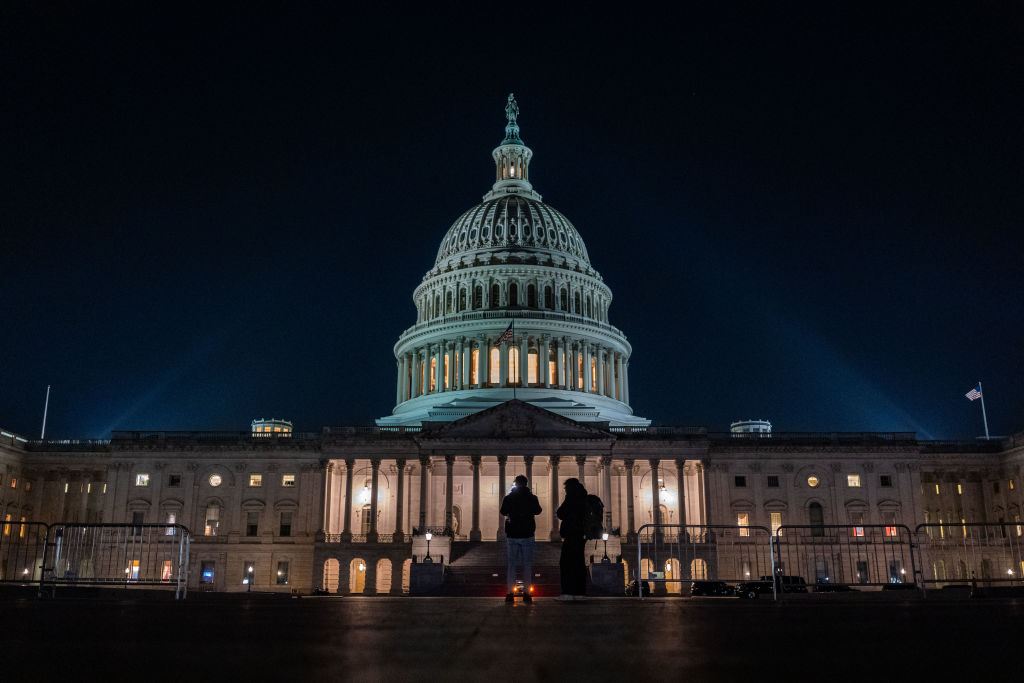A rocket exploded shortly after launching Sunday morning in Cape Canaveral, failing to deliver its cargo -- including the experiment of a group of Southern California high school students -- to the International Space Station.
Students from Damien High School in La Verne designed an experiment to send to the International Space Station with the SpaceX Falcon rocket, which was carrying 23 other student experiments and supplies for astronauts at the station.
"It is a huge bummer for them... but at the same time being a part of this experience has been exciting for them," said Charity Trojanowski, the co-director of the Students Spaceflight Experiments Program at Damien High School.
The students who designed the experiment, Garrett Souza, David Washington, Ashwin Balaji, Richard Conti and Aaditya Patel, worked for nearly a year on the experiment. The team flew to Cape Canaveral to watch the rocket launch.
The experiment was to investigate tardigrades in a microgravity environment. Tardigrades, water-dwelling, segmented micro-animals, can survive in harsh environments by stopping all metabolic processes.
By studying the viability of tardigrades after microgravity exposure, researchers could learn more about the origins of the tardigrades and advance human space travel. Trojanowski said they will take next opportunity the team has to send the experiment to space.
"Being part of the space program, we have to be able to jump to these challenges," Trojanowski said. "We're just going to try to prepare ourselves the best we can. The next opportunity we can, we will go forward."
U.S. & World
Ashwin Balaji, a recent Damien graduate and a co-principal investigator for the experiment, said although the failed spaceflight was initially discouraging, the team is still hopeful for when their experiment will go to space.
"I believe that whenever the experiment goes up and comes back down, we'll be collecting data and really just drawing conclusions from that data and finishing this experiment and letting it run its course," Balaji said.
The experiment was part of the Student Spaceflights Experiments Program. In November, three research projects from the school were chosen as finalists, and a national selection committee chose to send the tardigrade experiment to space.
The students will leave Cape Canaveral for a conference at the Air and Space Museum in Washington, D.C. and return to California July 5.



